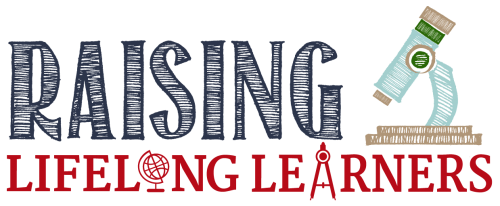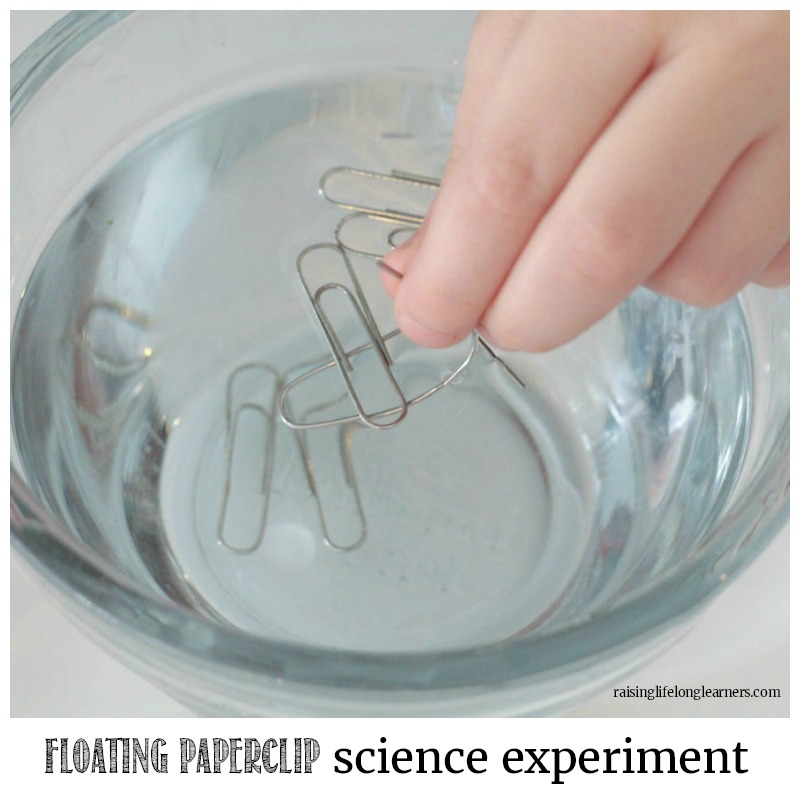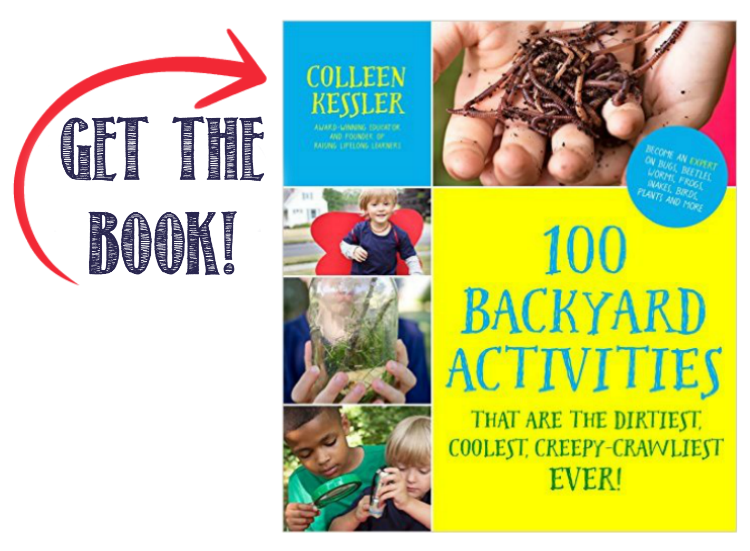Make a Paperclip Float Science Experiment
Surface tension is an interesting scientific concept that is difficult for most kids to understand. But with this paperclip experiment, it becomes much easier for kids to understand as they can see it work right before their eyes! The floating paperclip science experiment is so simple and it’s perfect for a science day when you haven’t had time to prep or need something quick to wrap up a lesson. Try the experiment with other materials and see if you can get them to float, too!
Make a Paperclip Float Science Experiment
You just need a few things for this activity! Paperclips, water, and a small container.
Ask your kids if they think paperclips can float. They may say yes or no, but it doesn’t really matter at this point.
Put some in the water and see what happens. They will sink!
Now, ask your kids if they think the paperclips can be made to float. Let them know it is possible.
Wait for your kids to try it for a few minutes, then if they don’t get it, show them how it’s done by bending a paperclip into a little shelf, balancing a paperclip on the shelf, and slowly lowering it into the water.
It will float!
It’s not magic, it’s surface tension!
Make a Paperclip Float Science Experiment Explained
All liquids have what is called surface tension, which is the tension of the molecules pressing together. Normally, the weight of the paperclips breaks through this, but when the paperclip is lowered into the water slowly, it isn’t heavy enough to break the surface tension, so it’s held in place. But as soon as you tap the paperclip, it will drop to the bottom again. Kids find this fascinating, and will repeat it over and over.




